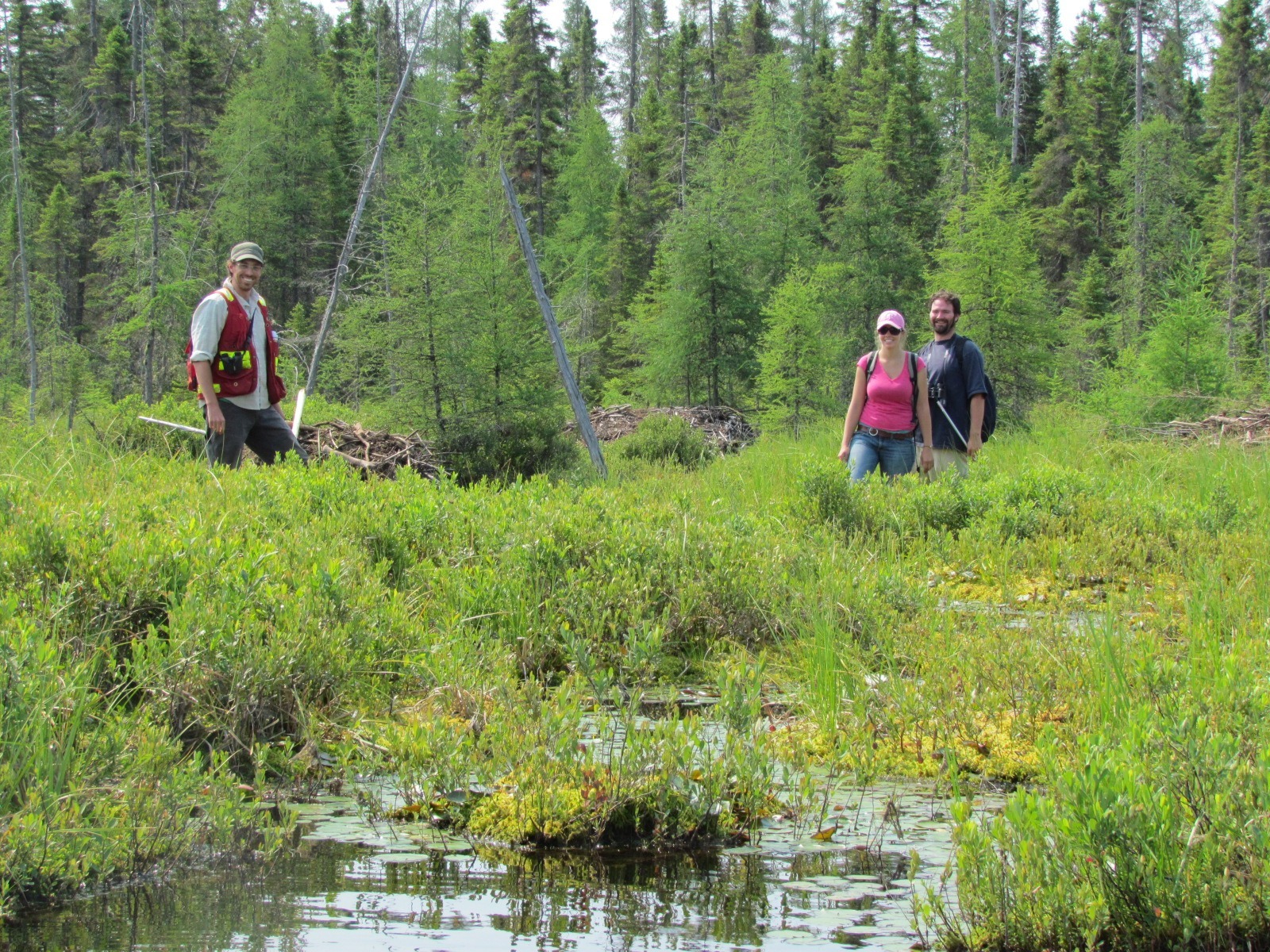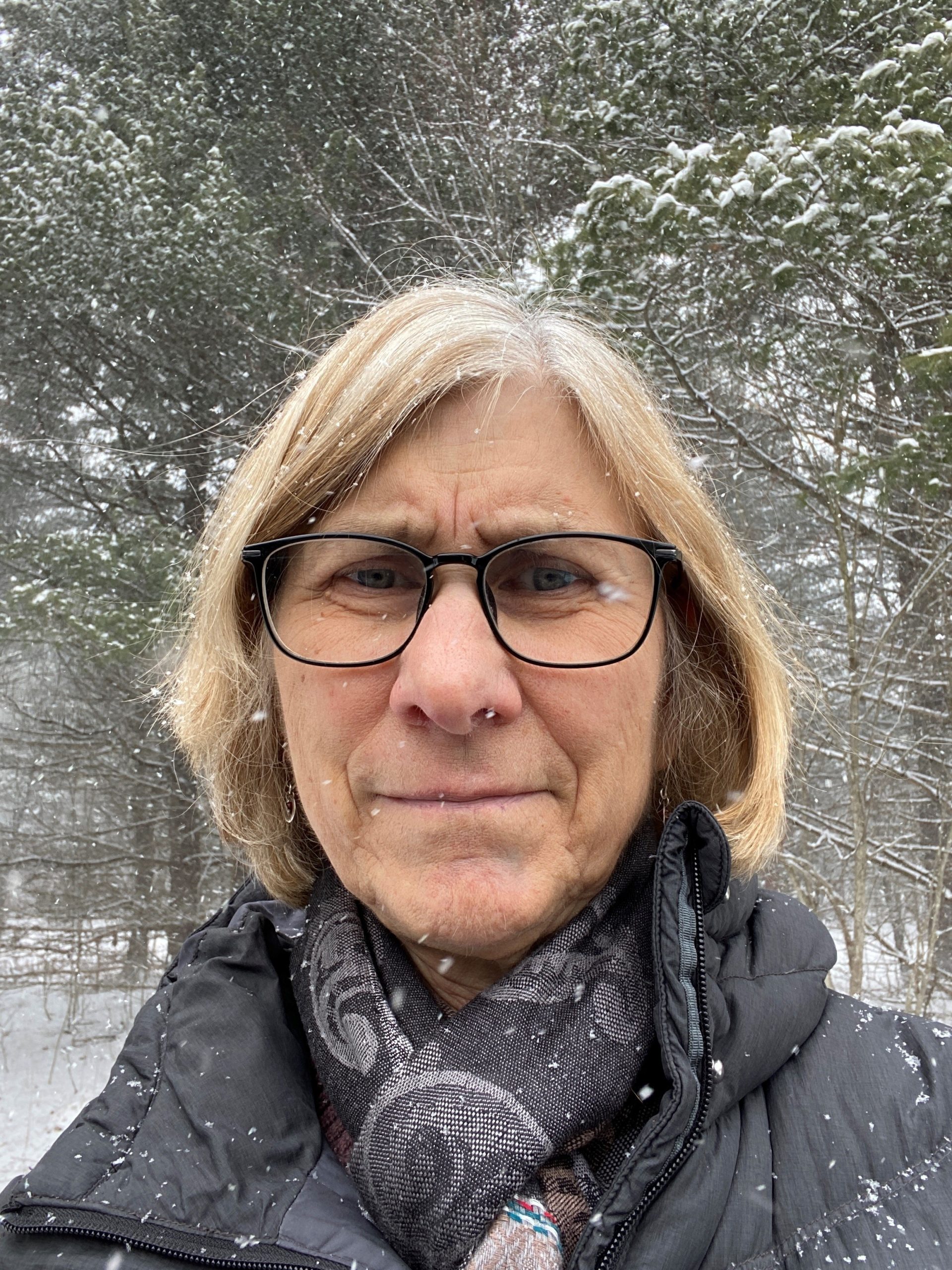Valuable wetlands in Muskoka deserve our care
Climate change is likely to be hard on wetlands, so we need to be vigilant in conserving and protecting them.
By Jan McDonnell.

Humans certainly have a love-hate relationship with wetlands. On the one hand, they have been viewed as annoying soggy areas that impede the use of land and generate mosquitoes. On the other hand, they are significant habitats for wildlife and play a vital role in our water cycle.
Wetlands are places with permanent shallow standing water or water just below the surface, and plants which are adapted to grow in these conditions. They range in size from really huge complexes to ones that are so small that you could jump across them.
Large wetlands provide more habitat for wildlife and exhibit greater biodiversity, but even tiny wetlands provide critical habitat and hydrologic value.
Animals like frogs, turtles, muskrats and beavers are pretty well dependent exclusively on wetlands, including species at risk like the Spotted and Blandings turtles (list of at-risk species here). But others, such as moose, deer and even loons, use wetlands for some parts of their life cycle.
- The at-risk Eastern Massasauga rattlesnake is an upland animal which spends quite a bit of its time searching for its preferred food (mice) in wetlands and chooses certain kinds of wetlands to hibernate in, as well.
- Moose love to feed in wetlands in the late spring and early summer, standing belly-deep in a pond happily feeding on water lilies and submerged aquatic vegetation.
- Deer browse the lush vegetation while hanging out in these relatively cool protected places.
- Loons feed on fish, which began their lives in wetlands, and often build their nests on the outer edges of wetlands on lakes.
Even the biting insects that plague us have an important connection to wetlands. Many varieties of mosquitoes and deer flies breed in open water wetlands. We humans find them a nuisance, but their larvae are food for other aquatic creatures and when they become flying insects, they are food for dragonflies, bats, swallows and several species of songbirds, which eat their weight in flying insects each day.
Hydrologic services provided by wetlands include improving water quality and regulating flow. They act as a filter, removing sediments and excess nutrients from flowing water, and they reduce flood damage because they hold back or slow down peak flows when water levels are high.
Wetlands are also vital in moving water between the water table and surface water, recharging groundwater and deep aquifers or discharging groundwater to sustain surface flows. Some wetlands act as recharge sites in the spring but as discharge sites in the summer and fall.
With climate change leading to more extreme precipitation (bigger downpours, longer droughts), wetlands are more important than ever before in keeping streams flowing during dry weather while reducing the severity of floods. It is naïve to think that we can replace them with engineered structures, and our engineered wetlands are a pale imitation of the real thing, providing few of these benefits.
Wetlands also offer esthetic value. They are popular places for bird watching, hiking, hunting, trapping and photography. The opportunities for nature studies and just plain mucking around abound! And can any child resist the opportunity to get a good soaker and become thoroughly dirty when there is a wetland to be investigated, frogs to be caught and soakers to be had? Probably not.
Prior to European settlement, it is estimated that there were about two million hectares of wetlands in southern Ontario. Close to 70% of those wetlands have been filled, drained or paved over. We are fortunate in Muskoka that we still retain most of our wetlands, but because we still have so many, it is easy to become complacent about them.
Climate change is likely to be hard on wetlands, so we need to be vigilant, conserving and protecting wetlands for future generations of humans and wildlife to use and enjoy.

This is the fifteenth in a series of articles from the Muskoka Watershed Council on “The State of Our Watershed” published on MuskokaRegion.com. Each article explores aspects of our environment revealed in our 2023 Muskoka Watershed Report Card and identifies new management challenges. This article is written by Jan McDonnell, a long-term resident of Muskoka and a former member of the Muskoka Watershed Council, and, until 2013, an area biologist at the Ministry of Natural Resources and Forestry based in Bracebridge.
